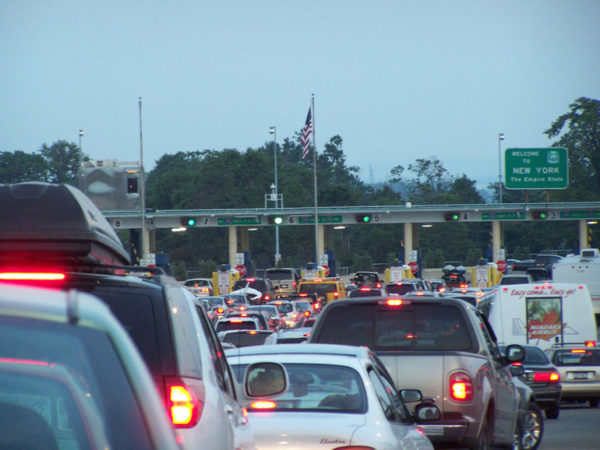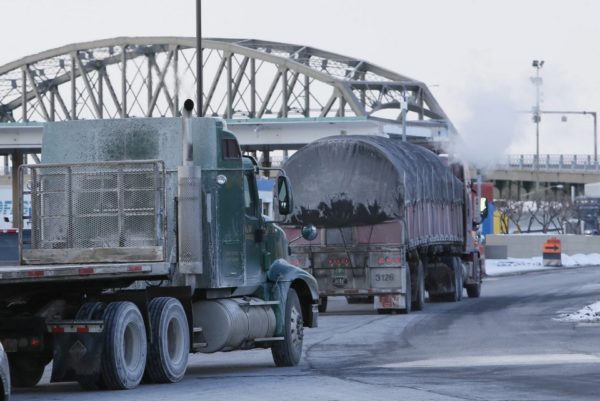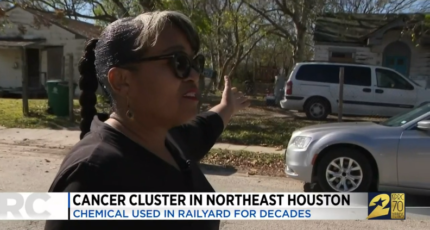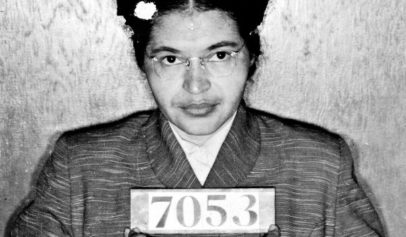Cutting Through Black Communities With Busy Roads and Highways
Too often, major transportation projects are designed to rip through low-income Black communities, causing drastic declines in local business, segregating neighborhoods and generally decreasing the quality of life in that particular community. One example of this took place in 1993, according to a report published by WNYC. It was then that retired attorney Marvin Anderson “unearthed a letter to the editor of the St. Paul Pioneer Press. The writer, a city engineer, Claude Thompson, admitted the government chose the route for I-94 because it was in the city’s low-income black neighborhood.”
Polluting Low-Income Communities With Traffic-Heavy Infrastructure
Transportation projects that bring heavy traffic back and forth through low-income communities are causing serious health problems for the residents who live there. One small Buffalo, New York, neighborhood called West Side lies in the shadow of the Peace Bridge, a project that brings more than 15,000 vehicles through the community every day. Researchers who were investigating the impacts the bridge had on the community soon found that since the bridge’s construction, asthma rates in the community sky rocketed. “The pollutants hover in the air, are absorbed into buildings and houses, and find their way into the lungs of neighborhood residents, who are primarily people of color,” a report by Slate revealed. When one of the residents wore an air monitor for a few hours, the device collected more than 1.8 times the EPA recommended limit of particle pollutants.




